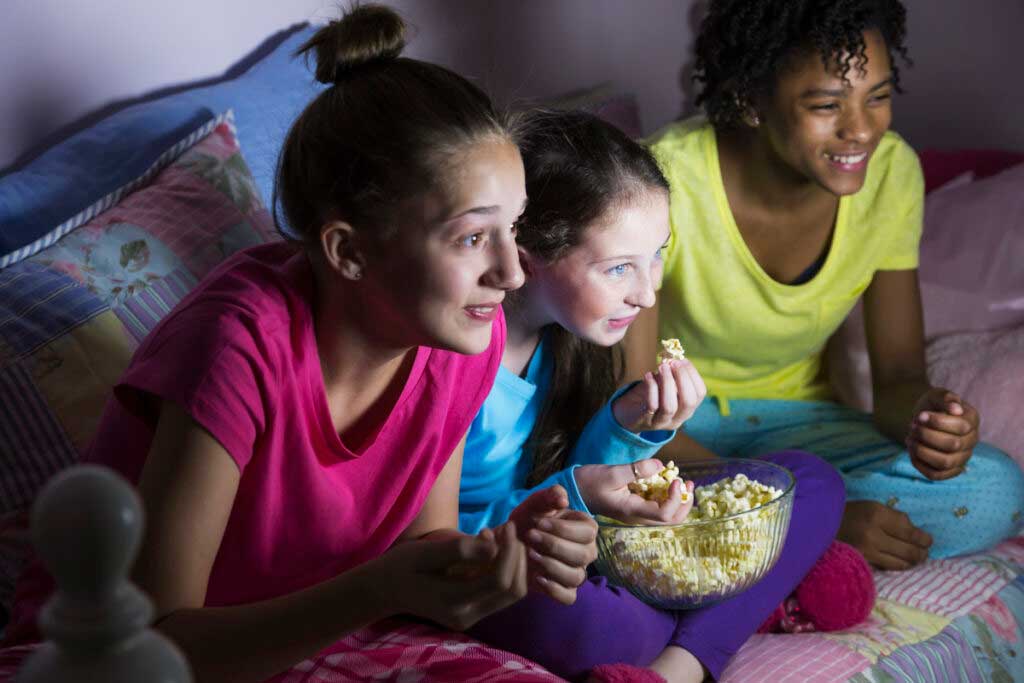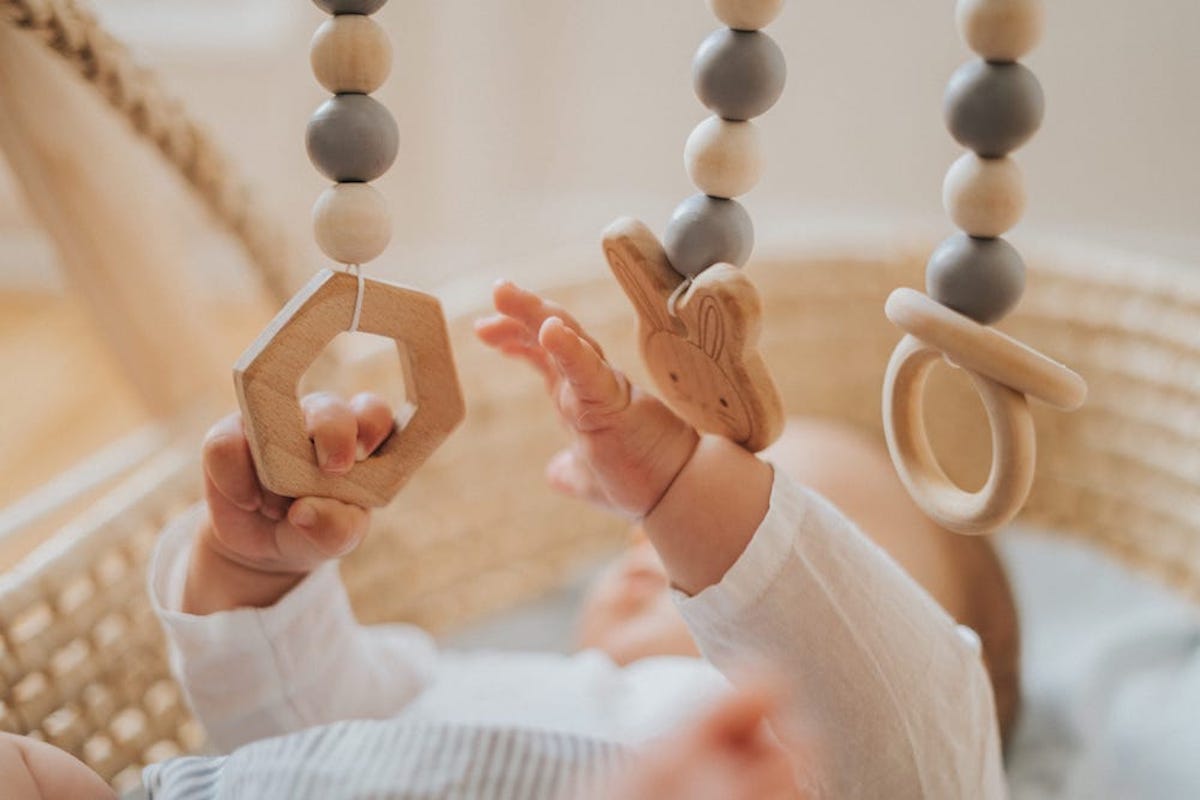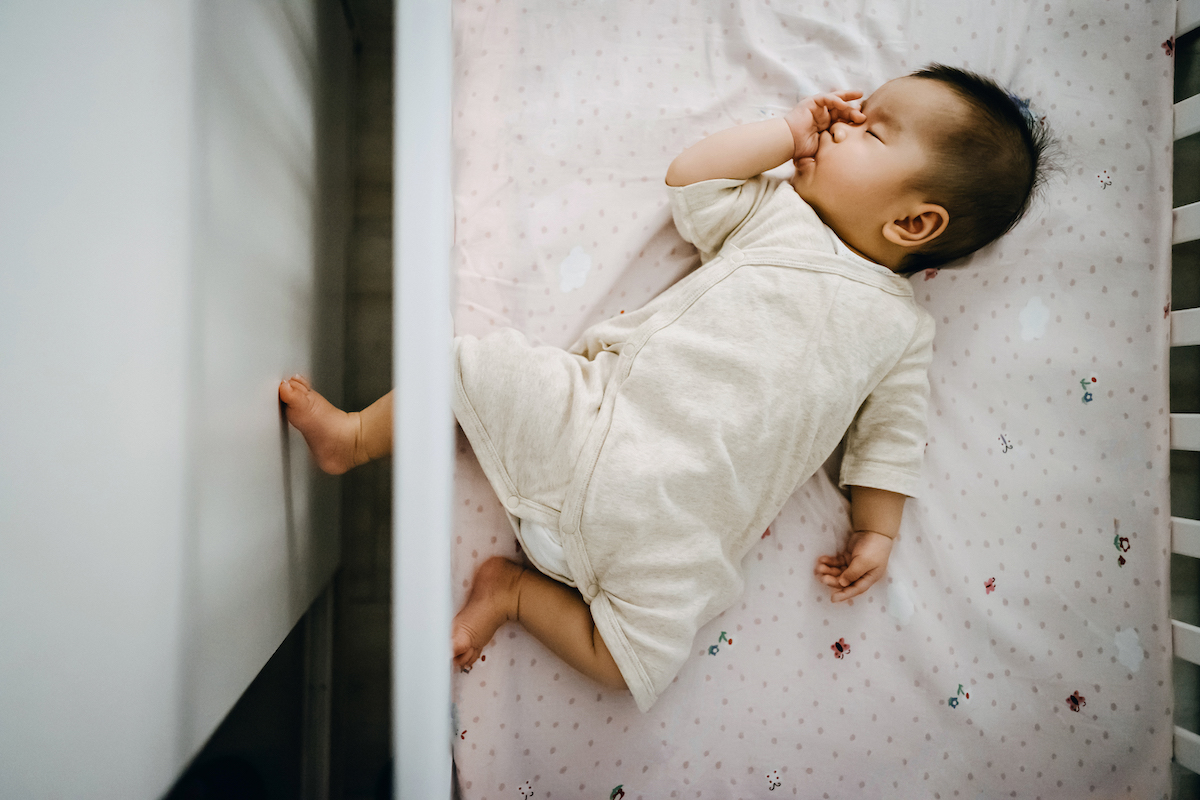I am receiving criticism from my East Asian family and friends for not splitting baby sleeping time on sides and stomach, warning that back sleeping causes flat spots on the head or a “flat face” (what does it mean?). I understand that my parents’ generation raised babies right before the modern guidelines that urge back sleeping to avoid SIDS, which I am studiously following. My baby spends most of the day in a carrier, bouncing chair, in someone’s arms, on dad’s chest, or tummy time, minimizing back-lying. Is there any evidence that my baby is doomed to have a flat head or face? Is there guidance on the maximum back-lying amount before a flat spot is imminent? Or is there evidence I can show my parents’ generation to put a lid on it?
—Sleeping Beauty
I want to start by acknowledging this is only one example of the (sometimes) well-meaning advice that we can get from anyone, but from grandparents in particular. We want what is best for our kids — we want to do it right. So do they! But just because advice is well-meaning doesn’t mean it is right or that it is right for you. Because they are grandparents, no random strangers, it might make sense to consider their perspective. Once you’ve decided what to do, you do not owe them any explanation or evidence. I hope the discussion below is enough to allay your fears and make you even more confident in your choices. If so, you could share it with them. Or you could just tell them what you’re doing and … not engage. Repeating “Thanks for your thoughts, but this is our choice” is boring but can be effective.
Boundaries! They are important.
The main thing I would say is that the evidence that back sleeping prevents SIDS is very good (see a longer discussion about some of the best evidence here). This is a huge benefit, and a very strong reason to continue to put the baby to sleep on their back. It is true that there is an elevated risk for flat spots on the head with back sleeping, but this is by no means inevitable. The risks are highest for babies who are likely to always sleep on the same side of their head and those born preterm. The risks are also higher for babies who spend less time on their tummies or upright. There is no rule like “After XX hours of back sleeping, babies get a flat spot.”
It sounds like you’re doing what is recommended here. Could your child get a flat spot? It’s possible, but even in the event that this happens, it generally resolves on its own or with a helmet. The value of the safest sleep environment outweighs this.


















Log in